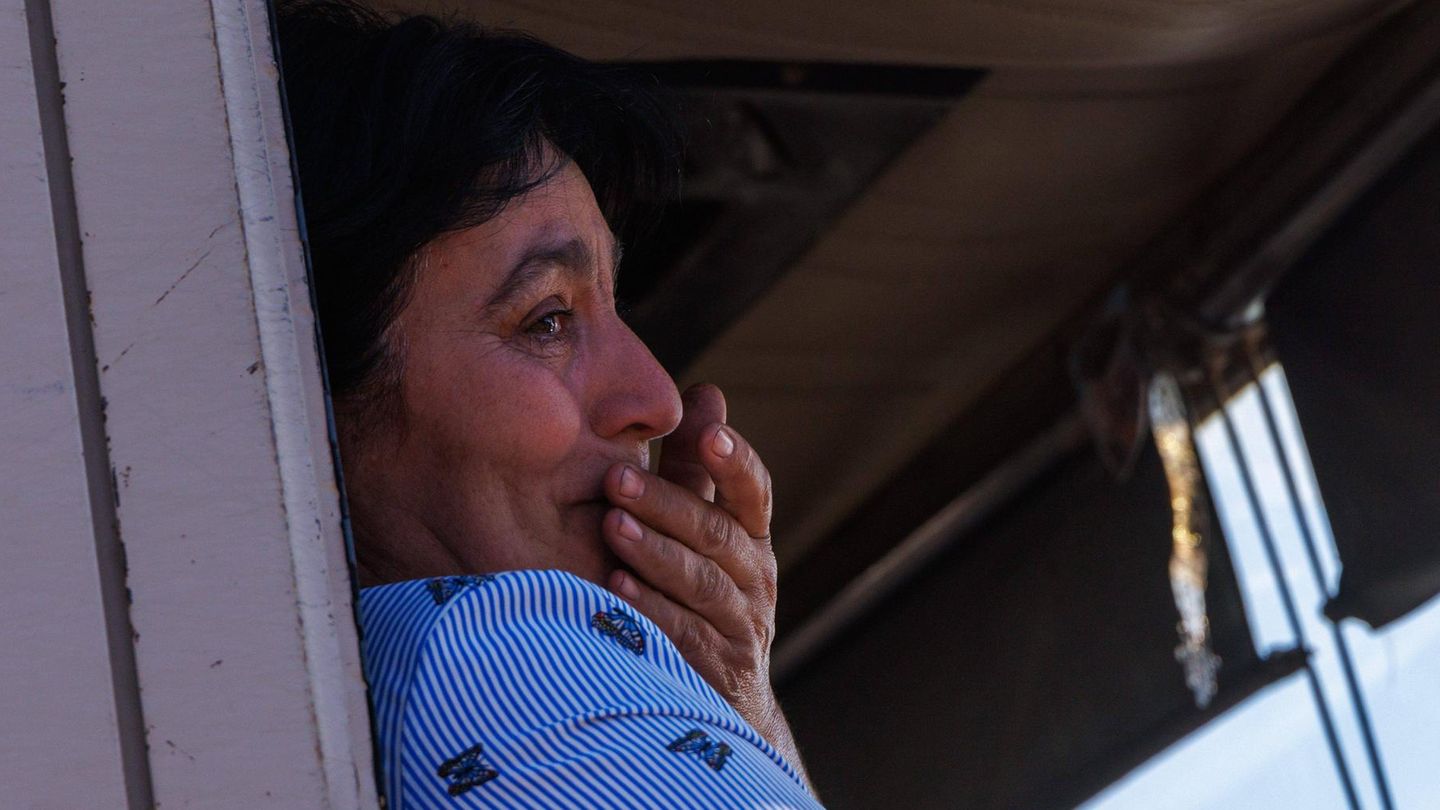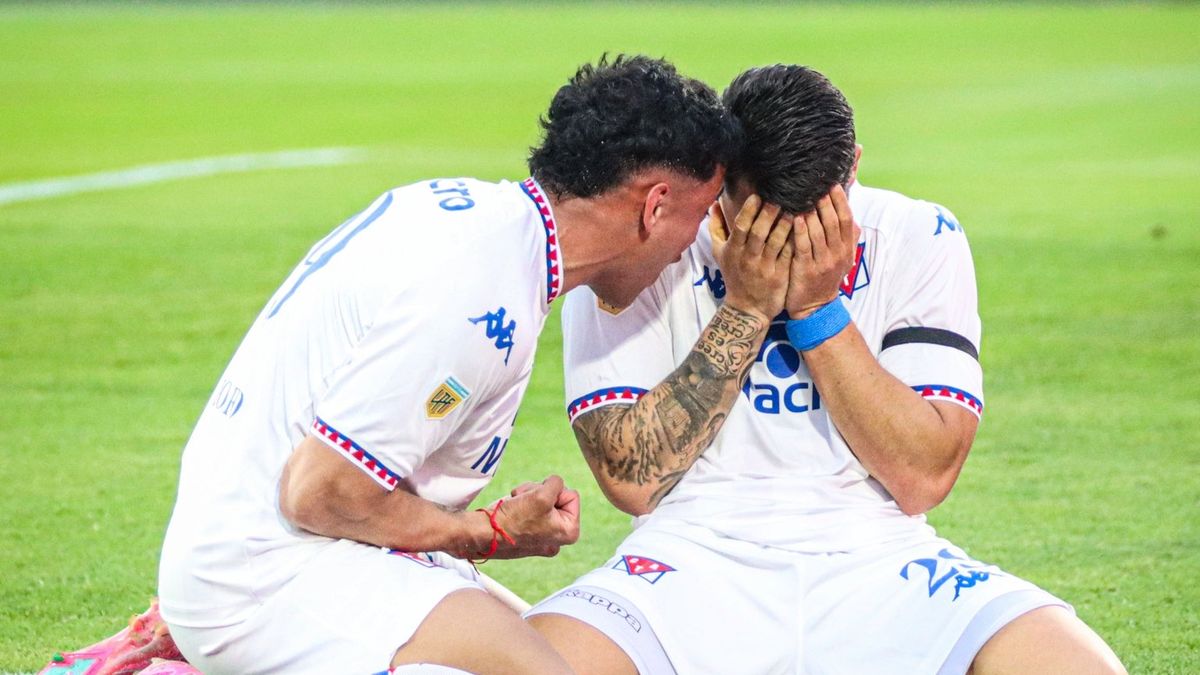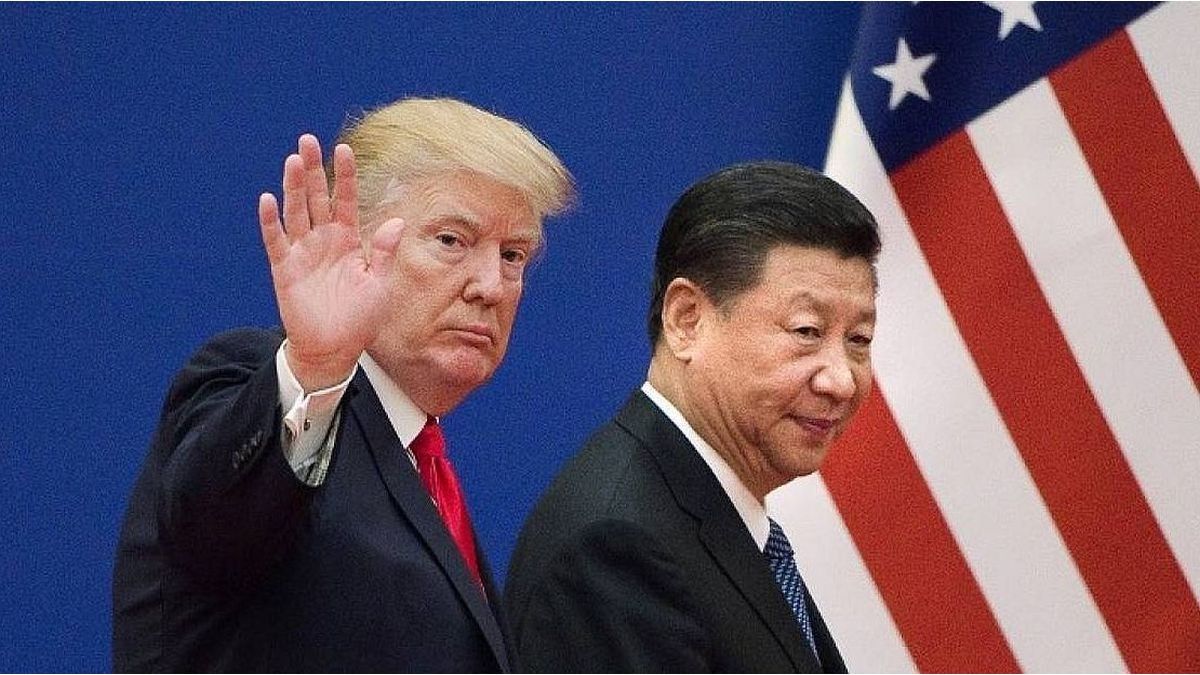Opinion
After the defeat in the One-Day War, the self-proclaimed Republic of Nagorno-Karabakh (Artsakh) announced its dissolution. The law of the strongest has prevailed – and the world hardly shrugs its shoulders.
Nagorno-Karabakh will be dissolved. A small, democratic republic that called itself “Artsakh” and fought until the end for recognition and survival will soon no longer exist. But it won’t – hey presto – miraculously disappear into thin air. What will accompany the end of Nagorno-Karabakh is an exodus of the Armenian population living there, as people flee the troops of Azerbaijan, an oil- and gas-rich dictatorship that has laid claim to the mountainous region for decades. Very soon, Armenian life there will be history. The law of the strongest has prevailed. Diplomacy and democracy were trampled.
The Republic of Artsakh, founded after the first Nagorno-Karabakh War in the 1990s, was the symbol of the self-determination of the Armenians, who have populated this region since ancient times and have consistently formed the majority there.
At the beginning of the 20th century, shortly after the founding of the Soviet Union, dictator Josef Stalin struck the territory of the Azerbaijan Soviet Socialist Republic for geopolitical reasons, despite the resistance of the Armenian population.
In the late 1980s, the Armenians of Nagorno-Karabakh and Armenia took to the streets en masse, demonstrating for – yes, really – unity and justice and freedom. These mass protests sparked discontent in Azerbaijan and escalations occurred: in Azerbaijan as well as in Nagorno-Karabakh and Armenia there were horrific pogroms on both sides, as well as expulsions. Martial law was declared.
Then a lot of things happened at the same time: the Soviet Union collapsed and the union republics in the Caucasus declared their independence: including Armenia, Azerbaijan… and on September 3, 1991, Nagorno-Karabakh. The first bloody Karabakh war was already in full swing: the newly founded Nagorno-Karabakh army brought not only the disputed region but also neighboring Azerbaijani areas under its control as a kind of “buffer zone”. The war ended in 1994 with a ceasefire, around 50,000 deaths and more than a million displaced people.
A “cold conflict” that was smoldering
However, the Nagorno-Karabakh conflict was never fully resolved, only put on hold. Because two basic principles of international law were opposed to each other: here the right of self-determination of peoples – there the territorial integrity of a state. Since UN resolutions, for example on the Armenian occupation of the border regions, were not binding, the OSCE’s specially founded “Minsk Group” was commissioned to resolve the dilemma through diplomatic channels. An agreement was never reached.
The de facto republic of Nagorno-Karabakh was not recognized by any country in the world, not even by Armenia – but the people living there built a democracy for themselves: with their own administration, their own parliament, their own heads of state and government and their own elections, which foreign observers also rated as fair and in line with international standards. In 2007, Nagorno-Karabakh renamed itself the “Republic of Artsakh,” based on the ancient Armenian name for this area. But Azerbaijan never gave up the plan to conquer Nagorno-Karabakh. In reality, the “cold conflict” was smoldering: there were repeated military attacks in the border regions over three decades.
Nagorno-Karabakh: The symbol of self-determination is at an end
In 2020, when the whole world was preoccupied with the corona pandemic and the elections in the USA, the highly armed Azerbaijan achieved military facts: in the 44-day second Nagorno-Karabakh war, it took the “buffer zone” adjacent to Artsakh and conquered the Strategically and culturally important city of Shushi and could only be prevented from overrunning the whole of Nagorno-Karabakh by a ceasefire brokered by Russia.
Numerous war crimes have been documented. Consequences? No. For this purpose, 2,000 Russian soldiers (who called themselves “peacekeepers”) were stationed in and around Nagorno-Karabakh. They were intended to secure the ceasefire and allow Armenians to move freely between the Republic of Armenia and Nagorno-Karabakh. An unsuccessful plan: at the end of 2022, Azerbaijan blocked the Lachin Corridor – the only road connecting Nagorno-Karabakh with Armenia and the outside world – for nine months. And on September 19, it forced the starved and weakened Armenians to surrender in a 24-hour war. The result: a mass exodus of the Armenian population and the dissolution of a democratic state that had tried so desperately to be a symbol of self-determination.
All of this could have been avoided if influential states had tried to find a diplomatic solution. Is it possible that no one has noticed what is happening to the Armenians living in Nagorno-Karabakh? No. There were enough hints, warnings and cries for help. The former chief prosecutor of the International Criminal Court Luis Moreno Ocampo repeatedly emphasized that a genocide in Nagorno-Karabakh was imminent. NGOs and aid organizations also urged world powers to act – before it was too late. But apart from cautious words of “concern” and toothless appeals, nothing happened. Also and especially from the European Union. Now it’s too late and the world doesn’t care.
Source: Stern
I have been working in the news industry for over 6 years, first as a reporter and now as an editor. I have covered politics extensively, and my work has appeared in major newspapers and online news outlets around the world. In addition to my writing, I also contribute regularly to 24 Hours World.




